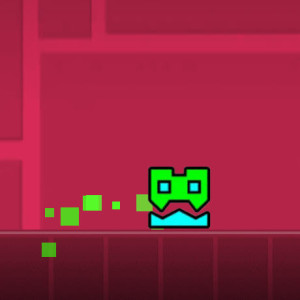
Geometry Dash Jump
Geometry Dash Jump: A High-Speed Skill Challenge
Geometry Dash Jump is an electrifying, rhythm-based platformer that tests your reflexes, timing, and patience. In this challenging skill game, players dash through a series of high-speed platform mazes, leaping through vibrant neon levels while dodging deadly obstacles. With its addictive gameplay, pulsating soundtracks, and visually striking design, it’s a heart-pounding experience that keeps you coming back for more.
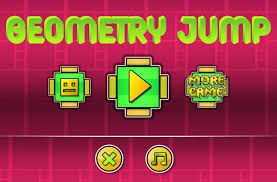
One-Button Mastery, Deceptive Difficulty
Despite its simple one-button control (tap to jump or hold for continuous actions), Geometry Dash, including versions like Geometry Jump, is notoriously tough. Your cube auto-runs through mazes packed with spikes, portals, and moving platforms, demanding split-second timing. The game’s difficulty lies in memorizing patterns and syncing jumps to the beat of electrifying soundtracks, making every level a test of reflexes and patience.
Neon Aesthetic and Immersive Vibes
The game’s glowing neon visuals—think vibrant pinks, blues, and greens—aren’t just eye-candy. They enhance the high-energy experience, with flashing stars, portals, and backgrounds that pulse to the music. Levels like Clubstep stand out for their multicolored, ever-shifting designs, which can distract or guide players depending on their focus. This visual flair, paired with catchy EDM tracks, makes every run feel like a rave you’re dodging through.
Variety of Jump Mechanics and Modes
Geometry Dash mixes up its jump-based gameplay with multiple forms beyond the default cube. You’ll switch to a ship (hold to fly upward), UFO (tap for Flappy Bird-style hops), wave (diagonal zigzags), or spider (instant gravity flips). Each mode tweaks how you “jump” or navigate, adding complexity to the mazes. For example, X Step throws in ball portals that make your cube lighter and faster, while Hexagon Force has narrow flying sections that demand pixel-perfect control.
Portals and Gimmicks for Dynamic Mazes
The game keeps you on edge with portals that alter gameplay. Gravity portals flip you upside-down, speed portals crank up the pace, and size portals shrink your cube, tweaking jump height and hitboxes. Jumper’s seamless upside-down transitions or Clubstep’s risky star boosters (extra jumps in tricky spots) make every maze unpredictable. These mechanics force you to adapt your jump timing constantly, turning levels into high-speed puzzles.
Rhythm Is Your Guide
The music isn’t just background noise—it’s your co-pilot. Tracks sync tightly with obstacles, so spikes and gaps often hit on the beat. Pros learn to “read” the music to anticipate jumps, especially in levels like Can’t Let Go, where steady pacing helps you nail floating platform leaps. This rhythm-based design makes Geometry Dash feel like a dance with deadly consequences.
Checkpoints and Practice Mode
To ease the pain of crashing into spikes, levels have magic portals as checkpoints, letting you respawn mid-stage. Practice Mode is a lifesaver, allowing you to drill tough sections without restarting entirely. It’s perfect for mastering the triple spikes in Stereo Madness or the tight wave segments in Sonic Wave. Still, even with these aids, some levels boast completion rates as low as 0.2%, like the infamous Bloodbath.
Community and Custom Levels
Geometry Dash’s level editor lets players craft their sadistic mazes, shared online for others to suffer through. Community levels like Cataclysm and Ultraviolet push jump precision to absurd limits, with completion rates under 0.3%. The game’s currency (stars, coins, orbs) rewards you for beating these, unlocking new icons or colors to flex your skills. This DIY culture keeps the game endlessly replayable.
Why It Hooks You
Geometry Dash’s blend of rhythmic jumps, neon mazes, and relentless difficulty creates a cycle of frustration and triumph. Whether you’re vibing to Stereo Madness’s steady blocks or cursing Bloodbath’s tight corridors, every level feels like a personal challenge to conquer. If you’re new, start with Practice Mode, sync to the beat, and don’t rage-quit—mastery comes with persistence
Show more »
All free games for you

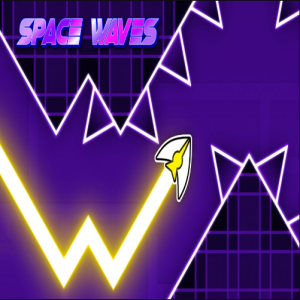
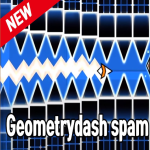
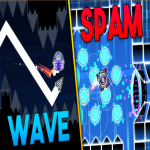
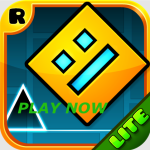

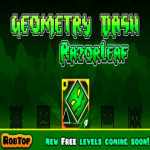
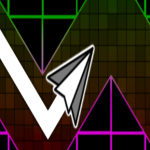
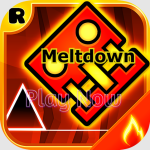

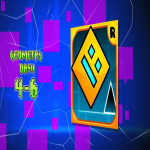
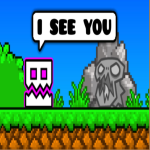
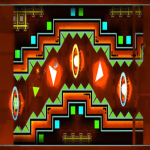
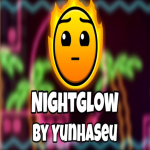
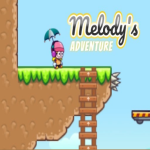
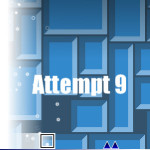
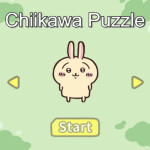
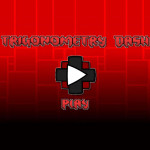

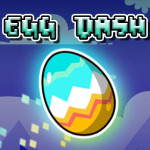
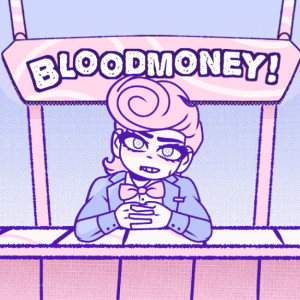

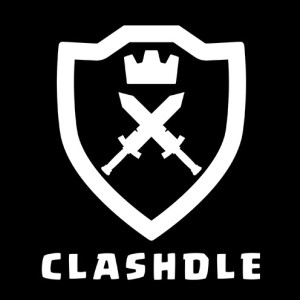
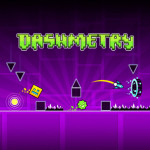
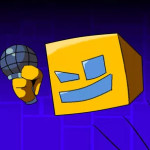

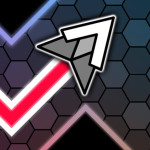

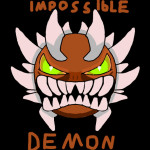


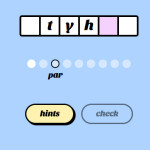

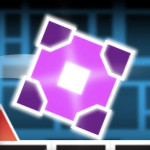


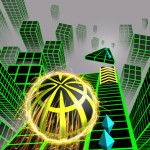

Discuss: Geometry Dash Jump